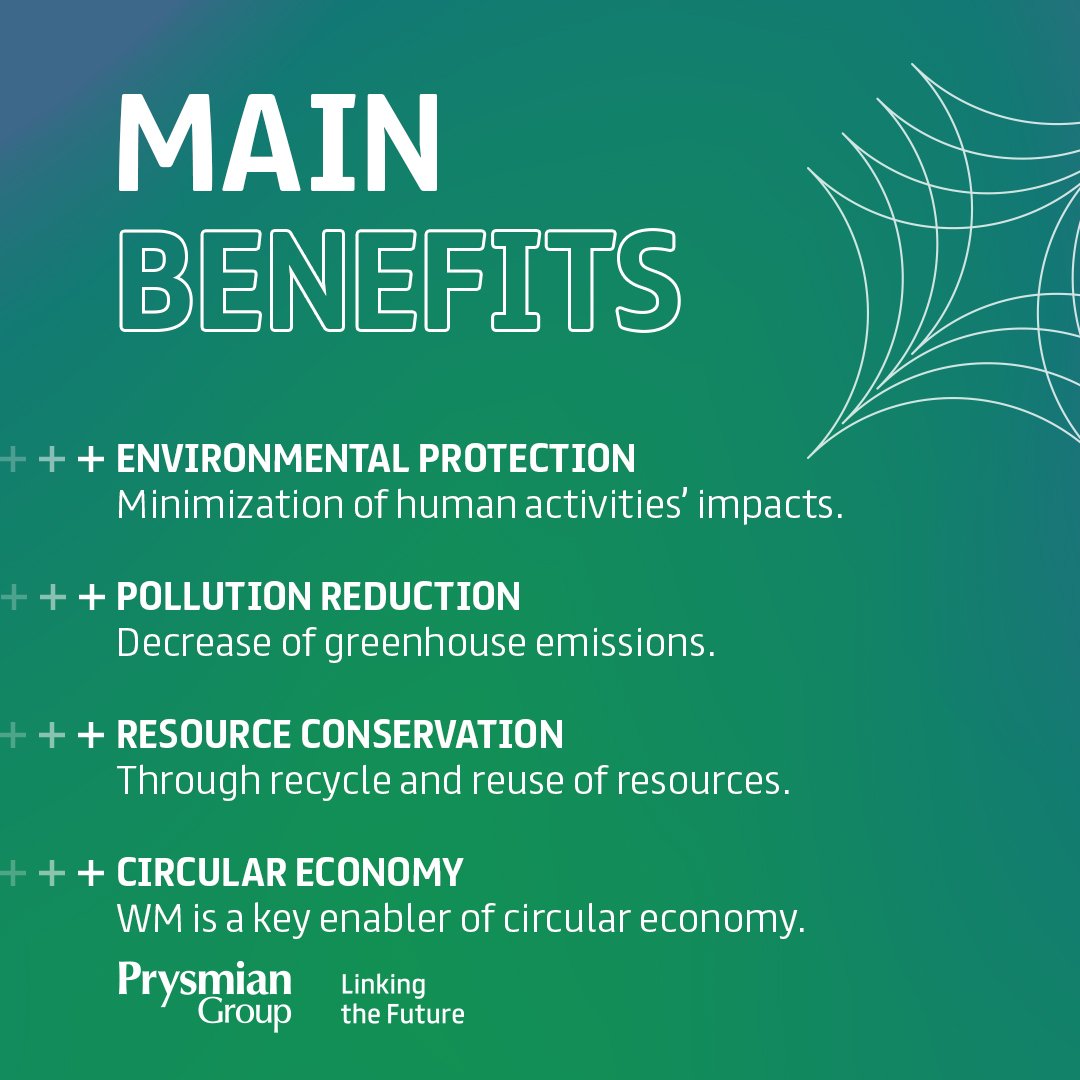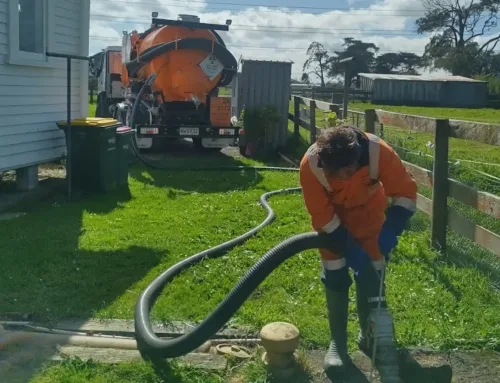The Greatest Guide To Reclaim Waste
The Greatest Guide To Reclaim Waste
Blog Article
Indicators on Reclaim Waste You Should Know
Table of Contents8 Simple Techniques For Reclaim WasteA Biased View of Reclaim WasteReclaim Waste for DummiesThe 10-Minute Rule for Reclaim WasteAll about Reclaim WasteThe Reclaim Waste Statements

Never ever put dangerous materials down sinks, bathrooms or stormwater drains Compounds including gas, oil, oil, chemicals and herbicides, and solvents such as paint pole dancers should not be poured down sinks, commodes or stormwater drains pipes. These compounds are hard to remove in the sewage treatment procedure and create pollution troubles in our neighborhood rivers.

Fluid waste is a term that covers a wide range of products, there's an excellent reason why leaving its disposal to the experts is suggested. Liquid waste is non-solid product that has no additional use and should be dealt with and disposed of according to regional, state and federal guidelines.
3 Simple Techniques For Reclaim Waste
Instances of liquid waste can consist of wastewater, fats, oils or oil, made use of oil, fluids, solids, gases or sludges and hazardous house fluids, there are some that are taken into consideration to be much more dangerous than others when it comes to the environment and the health and wellness of animals and people alike. It's consequently that each state and area have actually strict policies linked to fluid waste monitoring.
Liquid waste can be stored in holding tanks or packaged in drums, intermediate bulk containers or authorized small containers before either being dealt with or removed through outsourced vacuum trucks. Provided the nature of the materials, liquid waste can not go in the basic waste stream and there are rigorous guidelines on exactly how to get rid of it appropriately.
(https://www.metal-archives.com/users/reclaimwaste1)Depending upon a resolution of the level of threat, it may be necessary to remediate those sites. Furthermore, hazardous fluid chemical wastes are managed waste and has to be tracked in conformity with the state waste regulation. Under the chain of guardianship and obligations, owners are accountable and accountable for waste created by a business.
Among the core applications for superabsorbent polymers (SAPs) is liquid waste solidification. liquid waste disposal melbourne. SAPs are utilized by waste monitoring professionals to prevent potentially damaging liquids from getting in rivers, groundwater aquifers, and various other delicate atmospheres. Because liquids can quickly transport pollutants right into environmental receptors and potentially add to geotechnical failures, fluid wastes are usually forbidden from disposal in landfills
The 6-Minute Rule for Reclaim Waste
Basically, cost-free liquids are fluids that separate from the solid section of waste material. Liquid waste can consist of the following: HDD mud and cuttings Land fill leachate Wastewater therapy sludge & biosolids Dug up debris Oil and gas drill cuttings Clearing up fish pond muck Hydro Excavation slurry Coal combustion residuals/ash Container bottom sludge Concrete grinding/polishing slurry Associated Write-up: For a practical instance of complimentary liquids separating from waste material, consider the complying with scenario: A waste monitoring professional loads a dump vehicle with sludge from a wastewater treatment plant's aeration basin, throughout a routine upkeep occasion.
When the chauffeur gets here at the land fill, he notifications water leaching from the sludge and putting from the dump truck. The lots was declined by the garbage dump and the chauffeur was compelled to throw away the waste as a fluid waste at a special center, which raised the disposal fees tremendously.
We likewise require to be liable for the correct disposal of our waste materials. It is not sufficient that we pay waste disposal companies to take care of our rubbish.
Reclaim Waste Things To Know Before You Buy

The perfect place is a great exterior space with lots of sunlight and air. Segregate your waste. Segregating your waste can begin inside the home. Segregate dry and liquid waste in addition to edible waste, naturally degradable and non-biodegradable products. Constantly keep the lid on your bins to stay clear of insects, worms, flies, and undesirable odours.
Layer the bottom with dirt to take in the wet waste. Layer the compost with damp and completely dry waste as well as dirt to preserve a balance in between the damp and the dry.
Reclaim Waste for Beginners
Cover the compost bin. As soon as a week, add dirt in addition to the garden compost. To facilitate faster decay, you can additionally include semi composted dirt to the compost. Preserve the garden compost. If you observe the odor is coming to be too strong, include extra newspapers and paper waste or include even more openings to the compost bin to keep the balance of the waste materials.
We also require to be accountable for the appropriate disposal of our waste materials. It is not enough that we pay waste disposal firms to take care of our rubbish.
Our waste, our duty. Have you ever questioned what takes place to your fluid waste after it's collected? Did you know that fluid waste can be reused?
Reclaim Waste Fundamentals Explained
Segregating your waste can start inside the home. Segregate completely dry and fluid waste as well as edible waste, biodegradable and non-biodegradable products.
You can make use of old garbage can, bucket, garden pot or old plastic drums. Pierce four to five openings in the container so the air can distribute. Layer the bottom with site web soil to absorb the damp waste. Begin the composting process. Layer the compost with wet and completely dry waste as well as soil to preserve an equilibrium between the wet and the completely dry.
Cover the compost container. As soon as a week, include soil in addition to the garden compost. To assist in faster decay, you can additionally add semi composted soil to the compost. Maintain the garden compost. If you observe the odor is coming to be also strong, include extra papers and paper waste or add even more openings to the compost container to maintain the equilibrium of the waste materials.
Report this page